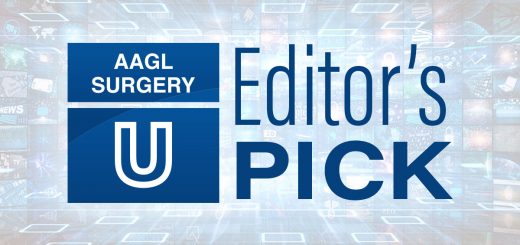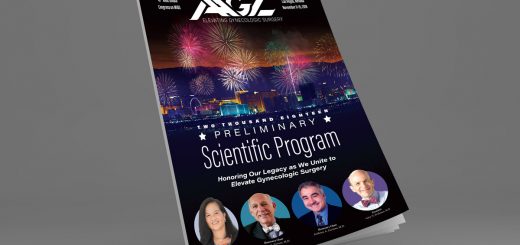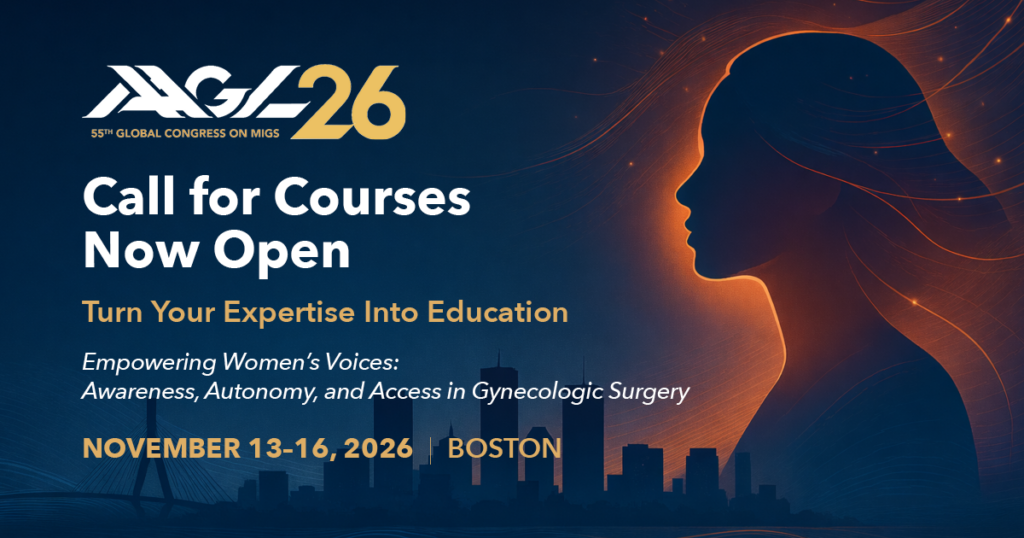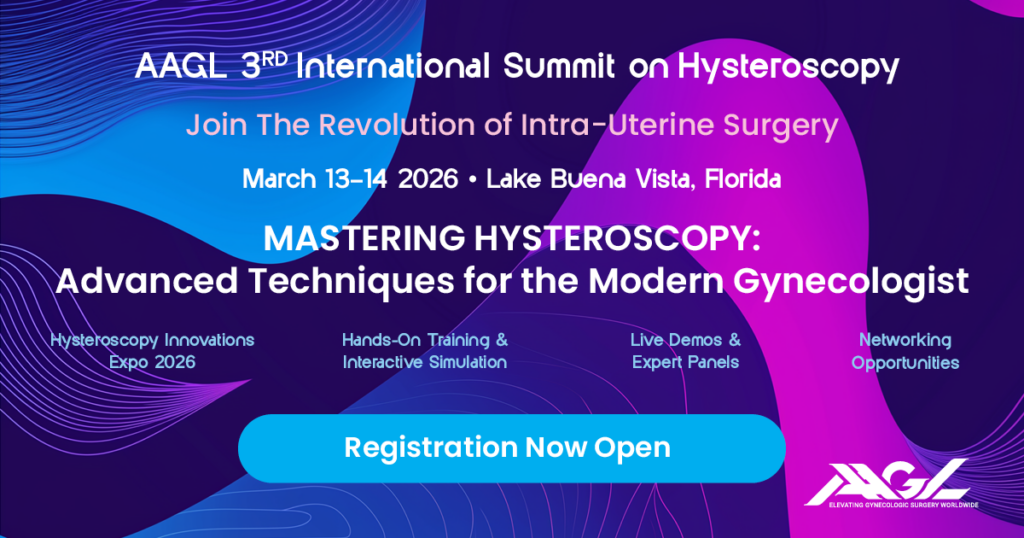Hysteroscopy Training: Where Are We and Where Can We Get More?
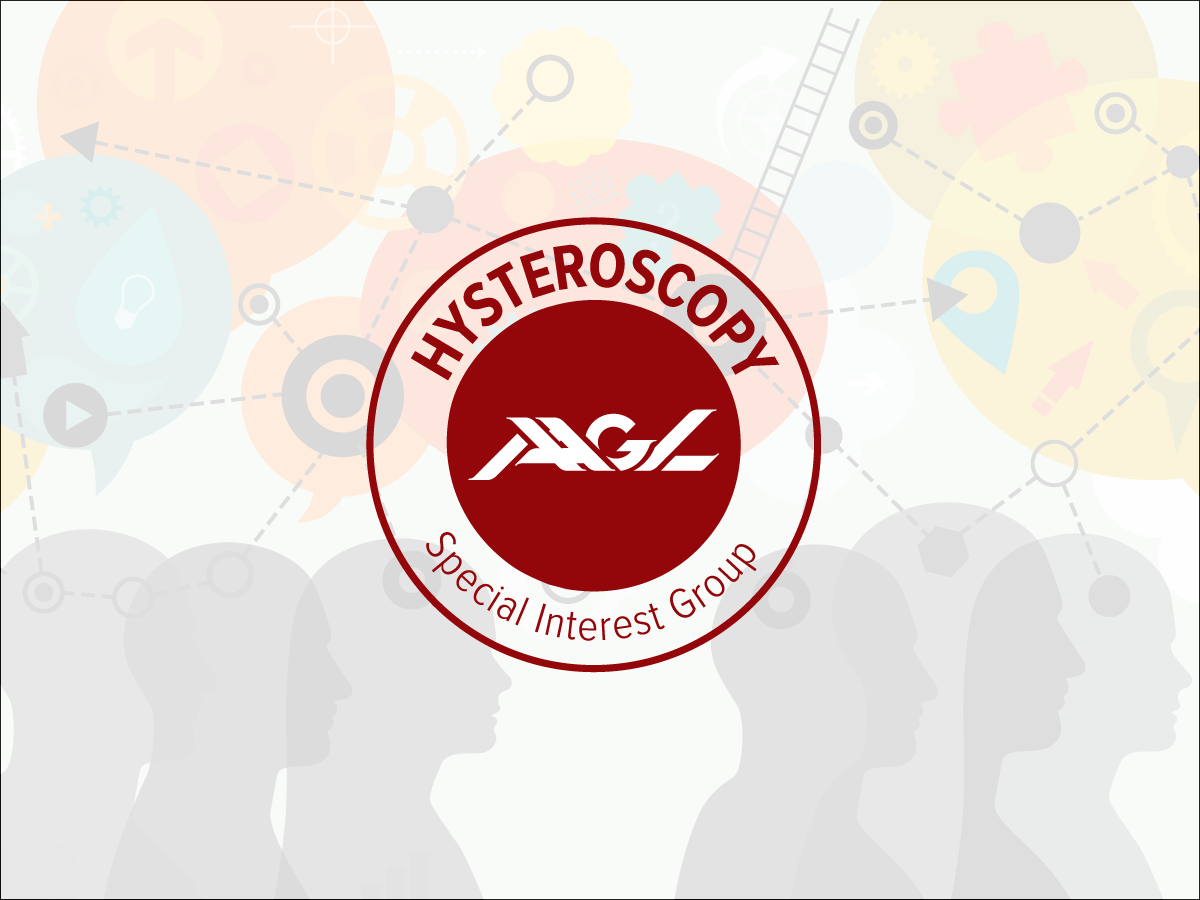 At the AAGL Hysteroscopy Special Interest Group (SIG), we are obviously fans of hysteroscopy. Hysteroscopy is an indispensable part of the gynecologist’s armamentarium. As a diagnostic tool, it is considered the gold standard for evaluation of the uterine cavity. As a therapeutic tool, it offers minimally invasive and often uterine conserving, treatment options for our patients. The uterine-conserving nature of operative hysteroscopy is important for many reasons. Many patients who are candidates for operative hysteroscopy desire to maintain their fertility. Some of our patients are undergoing operative hysteroscopy to improve their chances at becoming pregnant. On the other hand, some of our patients are simply seeking non-hysterectomy treatment alternatives. They may be on to something as it appears performing hysterectomy, even with ovarian preservation, in women under 35 may have unintended, long term consequences. (1)
At the AAGL Hysteroscopy Special Interest Group (SIG), we are obviously fans of hysteroscopy. Hysteroscopy is an indispensable part of the gynecologist’s armamentarium. As a diagnostic tool, it is considered the gold standard for evaluation of the uterine cavity. As a therapeutic tool, it offers minimally invasive and often uterine conserving, treatment options for our patients. The uterine-conserving nature of operative hysteroscopy is important for many reasons. Many patients who are candidates for operative hysteroscopy desire to maintain their fertility. Some of our patients are undergoing operative hysteroscopy to improve their chances at becoming pregnant. On the other hand, some of our patients are simply seeking non-hysterectomy treatment alternatives. They may be on to something as it appears performing hysterectomy, even with ovarian preservation, in women under 35 may have unintended, long term consequences. (1)
The benefits of learning, teaching, and performing hysteroscopy seem obvious. The procedure also lends itself to it being performed in an office setting for many indications. In the February 2018 issue of JMIG, Drs. Christine Salazar and Keith Isaacson published a review article entitled Office Operative Hysteroscopy: An Update. (2)If you have not read it, I would certainly encourage you to do so. An earlier paper by Dr. Isaacson estimates only between 15-25% of gynecologists performs office hysteroscopy. (3) I have always thought that number to be low. Can you imagine if only 25% of internists used their stethoscope? Or if only 15% of urologists performed cystoscopy? Why is this the case? The reasons I commonly hear include inadequate training in residency, difficulty with pain control in an office setting, and cost effectiveness/reimbursement issues. Dr. Salazar’s recent paper eloquently addresses most of the previous reasons, but what about training?
Survey studies conducted in the past 10-15 years indicate a need for improved training in minimally invasive surgery (4-6). There is a sense we are moving in the right direction, as Einarsson, et al reported perceived improvement in hysteroscopic training between 2001 and 2008. It was felt the development and implementation of formal curricula utilizing simulation training as well as the increased number of minimally invasive surgery fellowships may have contributed to this improvement. (4) More recently, Janse, et al evaluated the question of adequacy of training in the Netherlands. (7) Their results compared to previous data from 2003. It was encouraging to read implementation of hysteroscopic training during residency has improved in the last decade. This was reported primarily in the area of basic/diagnostic procedures. Perhaps even more encouraging was the observation that practicing gynecologists felt competent to teach and supervise both basic and advanced hysteroscopic procedures. While training algorithms and certificate programs for advanced hysteroscopic procedures have been proposed (8,9), recent systematic reviews find substantial variation in the effectiveness of training methods (including simulation) and limited evidence on the validity of assessment tools. (10, 11). While there has been expansion and standardization of FMIGS, a review of the minimum case numbers clearly favors a preponderance of laparoscopic experience as opposed to hysteroscopy.
On the positive side, it would appear we are making improvements in training and dissemination of basic hysteroscopy but may have room for further improvement when it comes to training and dissemination of advanced hysteroscopic skills. As providers, it is imperative we continue to provide operative hysteroscopic procedures as options for our patients. For those of us who have the privilege to be involved in academic medicine, we need to continue to create innovative, validated, simulation-based curricula and integrate these into our training programs. We must critically evaluate the effectiveness of these methods. As teachers, we need to provide training and support to our learners as they transition from basic to advanced hysteroscopic skills. As the volume of advanced hysteroscopic procedures will inherently be less than that of diagnostic and basic operative procedures, we need to be mindful of the quality of care we provide to our patients (12). Nearly a decade ago, Betjes reported high volume surgeons were more efficient when performing hysteroscopic myomectomy. (13) Recent data looking at outcomes of hysterectomy demonstrate the impact of case volume on outcomes (14). We may have to be open to the concept of concentration of case volume and utilize fellowship training for certain advanced hysteroscopic procedures.
There are several upcoming opportunities I would recommend to the AAGL membership. At this year’s annual meeting, in addition to the quality abstracts on hysteroscopy submitted by our members, there will be two courses dedicated to hysteroscopy, one directed at more advanced practitioners. AAGL is also conducting the Global Hysteroscopy Summit in Toronto July 27-28, 2018. The hysteroscopy SIG is active and always looking for interested members and excellent videos continue to be submitted to SurgeryU. Additionally, the 2ndGlobal Hysteroscopy Congress will take place April 30 – May 3, 2019 in Barcelona, Spain.
References
- Laughlin-Tommaso SK, Khan Z, Weaver AL, Smith CY, Rocca WA, Stewart EA.Cardiovascular and metabolic morbidity after hysterectomy with ovarian conservation: a cohort study. Menopause. 2018 May;25(5):483-492.
- Salazar CA, Isaacson KB. Office Operative Hysteroscopy: An Update. J Minim Invasive Gynecol. 2018 Feb;25(2):199-208.
- Isaacson K. Office hysteroscopy: a valuable but under-utilized technique. Curr Opin Obstet Gynecol. 2002:14:381-385.
- Einarsson JI, Sangi-Haghpeykar H.Perceived proficiency in minimally invasive surgery among senior OB/GYN residents.2009 Oct-Dec;13(4):473-8.
- Raymond E, Ternamian A, Leyland N, Tolomiczenko G. Endoscopy teaching in Canada: a survey of obstetrics and gynecology program directors and graduating residents.J Minim Invasive Gynecol. 2006Jan-Feb;13(1):10-6.
- van Dongen H, Kolkman W, Jansen FW. Hysteroscopic surgery: Perspectives on skills training.J Minim Invasive Gynecol. 2006Mar-Apr;13(2):121-5.
- Janse JA, Driessen SRC, Veersema S, Broekmans FJM, Jansen, FW, Schreuder HWR. Training of Hysteroscopic Skills in Residency Program: The Dutch Experience. J Surg Educ. 2015 Mar-Apr;72(2):345-50.
- ErianMM, McLaren GR, Erian Advanced hysteroscopic surgery training.JSLS. 2014 Oct-Dec;18(4).
- Campo R, Wattiez A, Tanos V, Di Spiezio Sardo A, Grimbizis G, Wallwiener D, Brucker S, Puga M, Molinas R, O’Donovan P, Deprest J, Van Belle Y, Lissens A, Herrmann A, Tahir M, Benedetto C, Siebert I, Rabischong B, De Wilde RL.Gynaecological endoscopic surgical education and assessment. A diploma programme in gynaecological endoscopic surgery.Gynecol Surg. 2016;13:133-137. Epub 2016Jun 21
- Savran MM, Sørensen SM, Konge L, Tolsgaard MG, Bjerrum F. Training and Assessment of Hysteroscopic Skills: A Systematic Review.J Surg Educ. 2016 Sep-Oct;73(5):906-18.
- Gambadauro P, Milenkovic M, Hadlaczky G. Simulation for Training and Assessment in Hysteroscopy: A Systematic Review.J Minim Invasive Gynecol. 2018 Apr 1 epub ahead of print.
- ErianMMS, McLaren GR, ErianAdvanced Hysteroscopic Surgery: Quality Assurance in Teaching Hospitals.JSLS. 2017 Apr-Jun;21(2).
- Betjes HE, Hanstede MM, Emanuel MH, Stewart EA. Hysteroscopic myomectomy and case volume hysteroscopic myomectomy performed by high- and low-volume surgeons.J Reprod Med. 2009Jul;54(7):425-8.
- Ruiz MP, Chen L, Hou JY, Tergas AI, St Clair CM, Ananth CV, Neugut AI, Hershman DL, Wright JD. Outcomes of Hysterectomy Performed by Very Low-Volume Surgeons.Obstet Gynecol. 2018 Jun;131(6):981-990.

